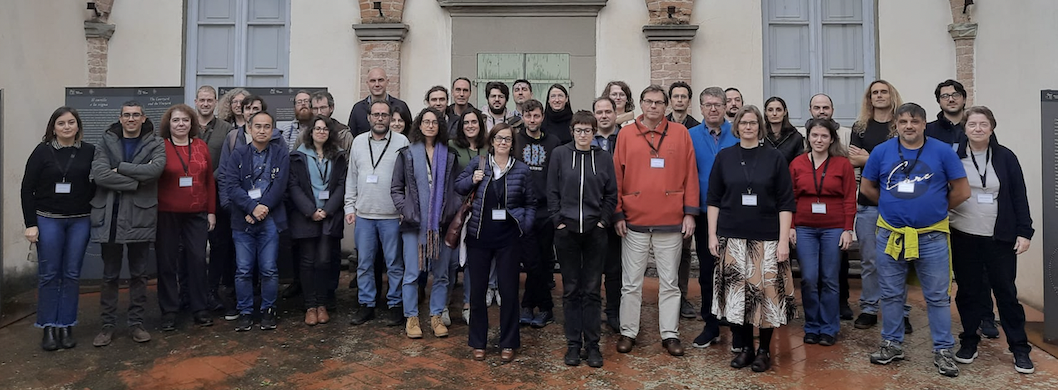Speaker
Description
Galactic studies are currently undergoing a renaissance, thanks to the wealth of data from the Gaia satellite and ground-based surveys. Previously unknown portions of the Galactic disc have been mapped, triggering new interest and questions into the physical mechanisms regulating the evolution of the Galaxy. Recent works based on field stars and open clusters revealed: (i) the segments of the nearest spiral arms out to 5 kpc in heliocentric distance; (ii) substructures in velocity space; (iii) spatially-dependent chemical substructures. In this talk, I will compare the spatial, kinematic and chemical properties of field stars and open clusters, to investigate whether the evolutionary processes that led to their current configuration acted in a similar way.

